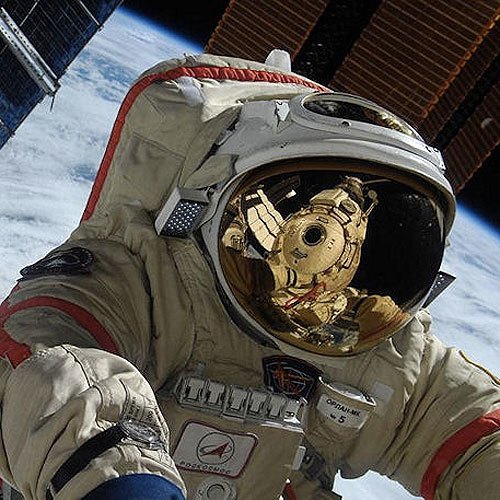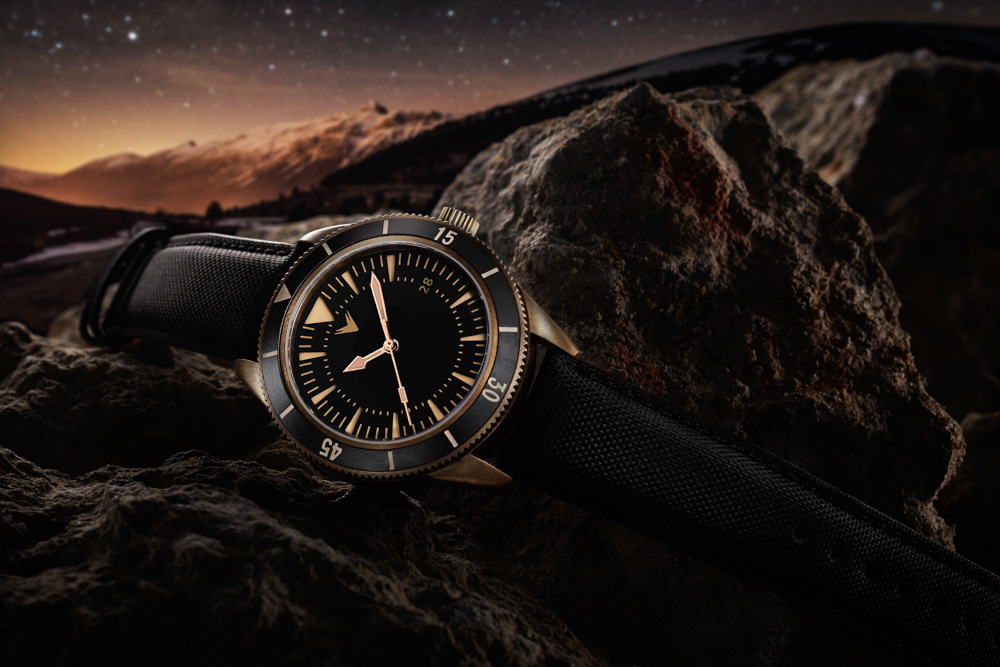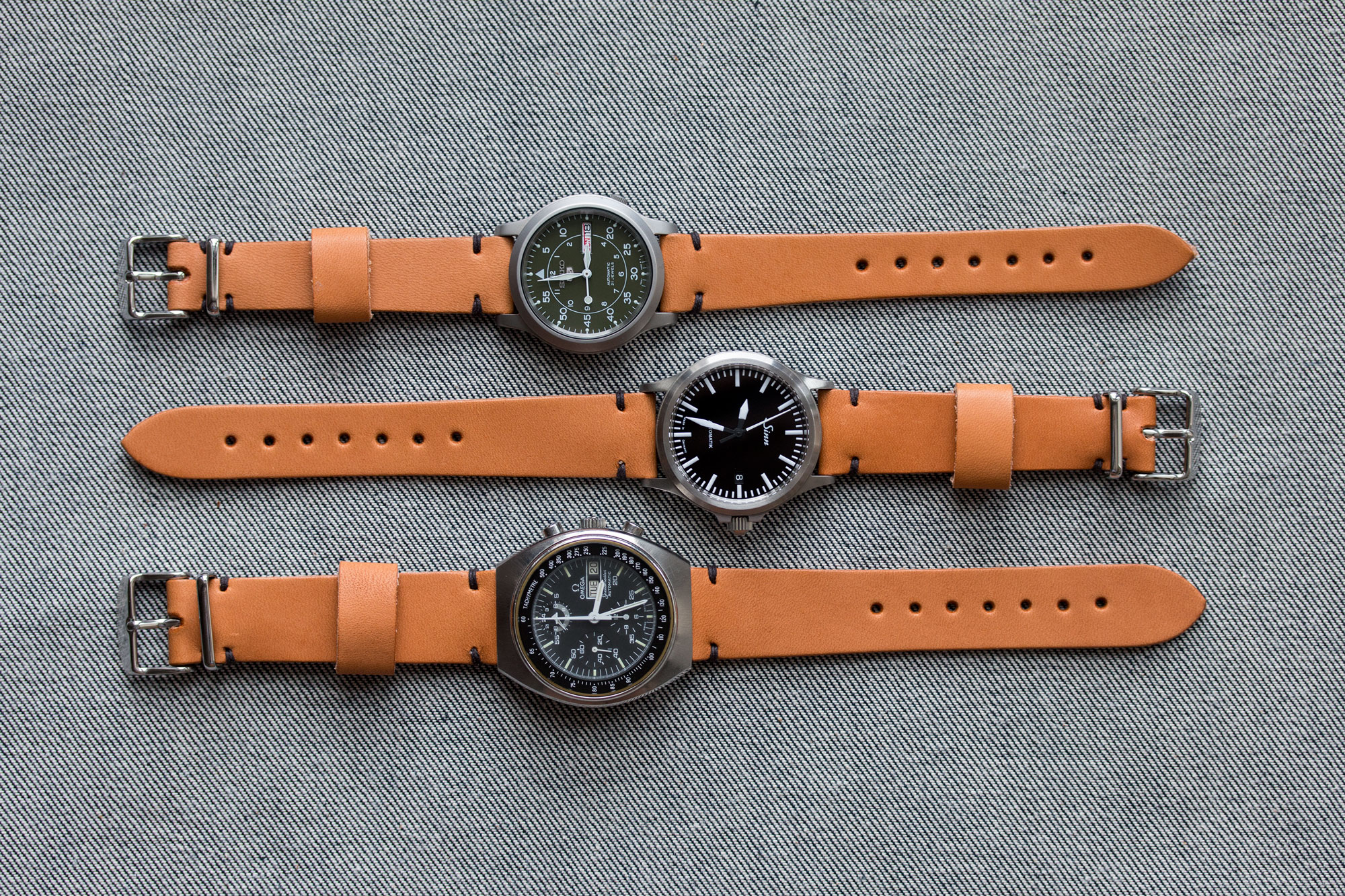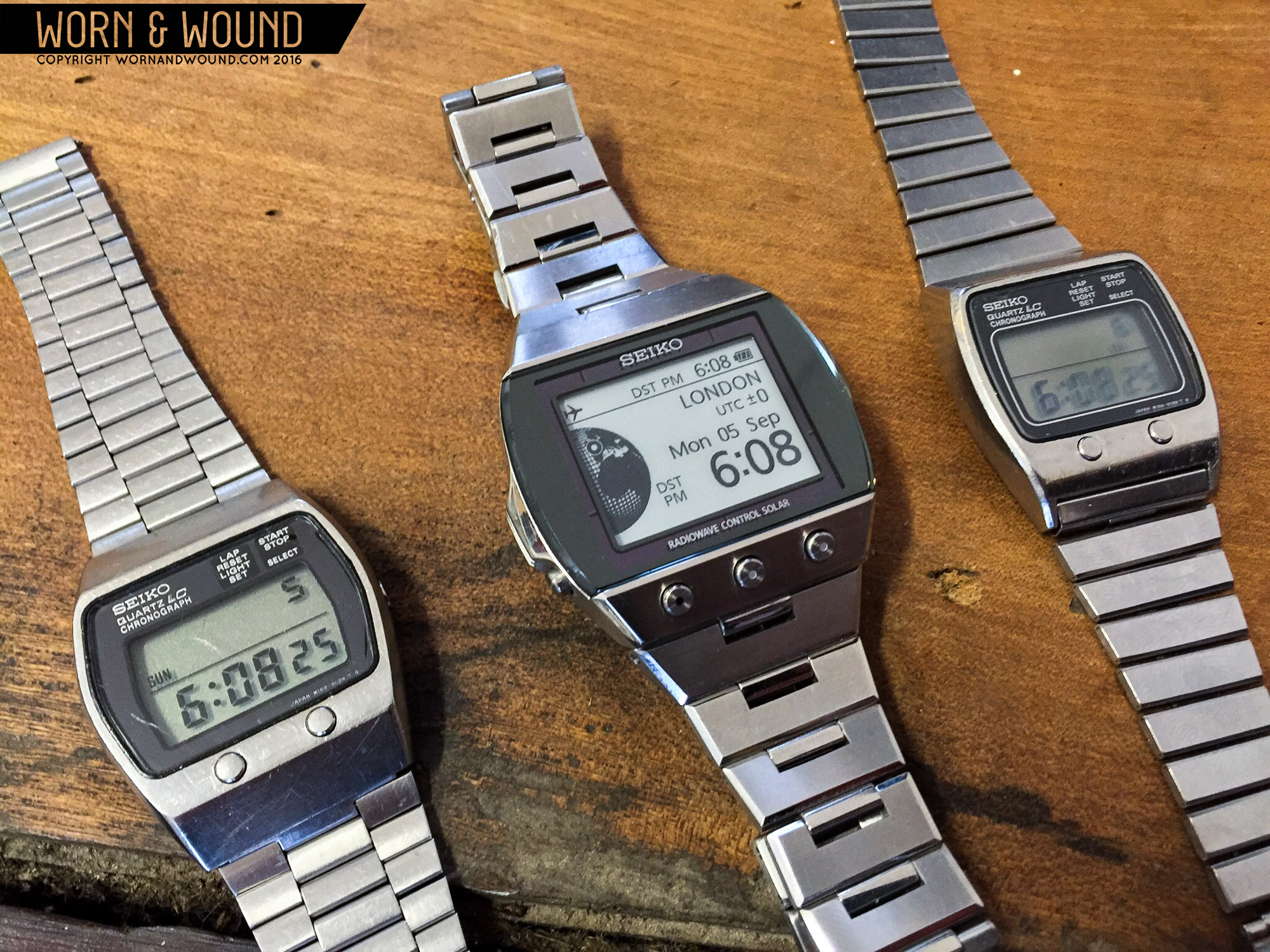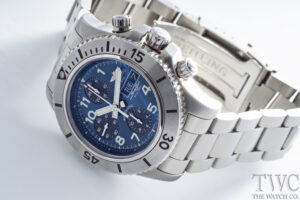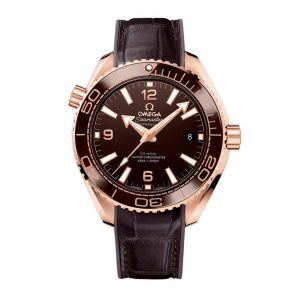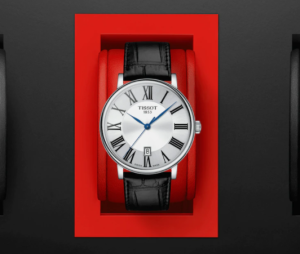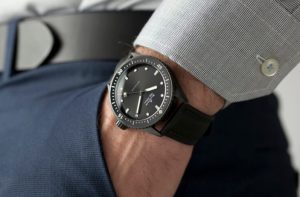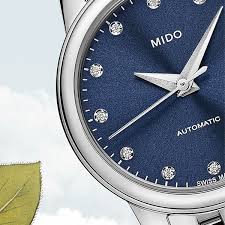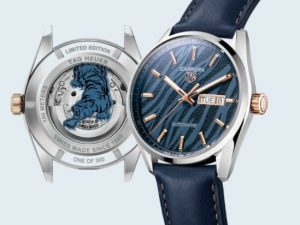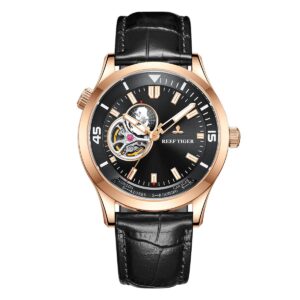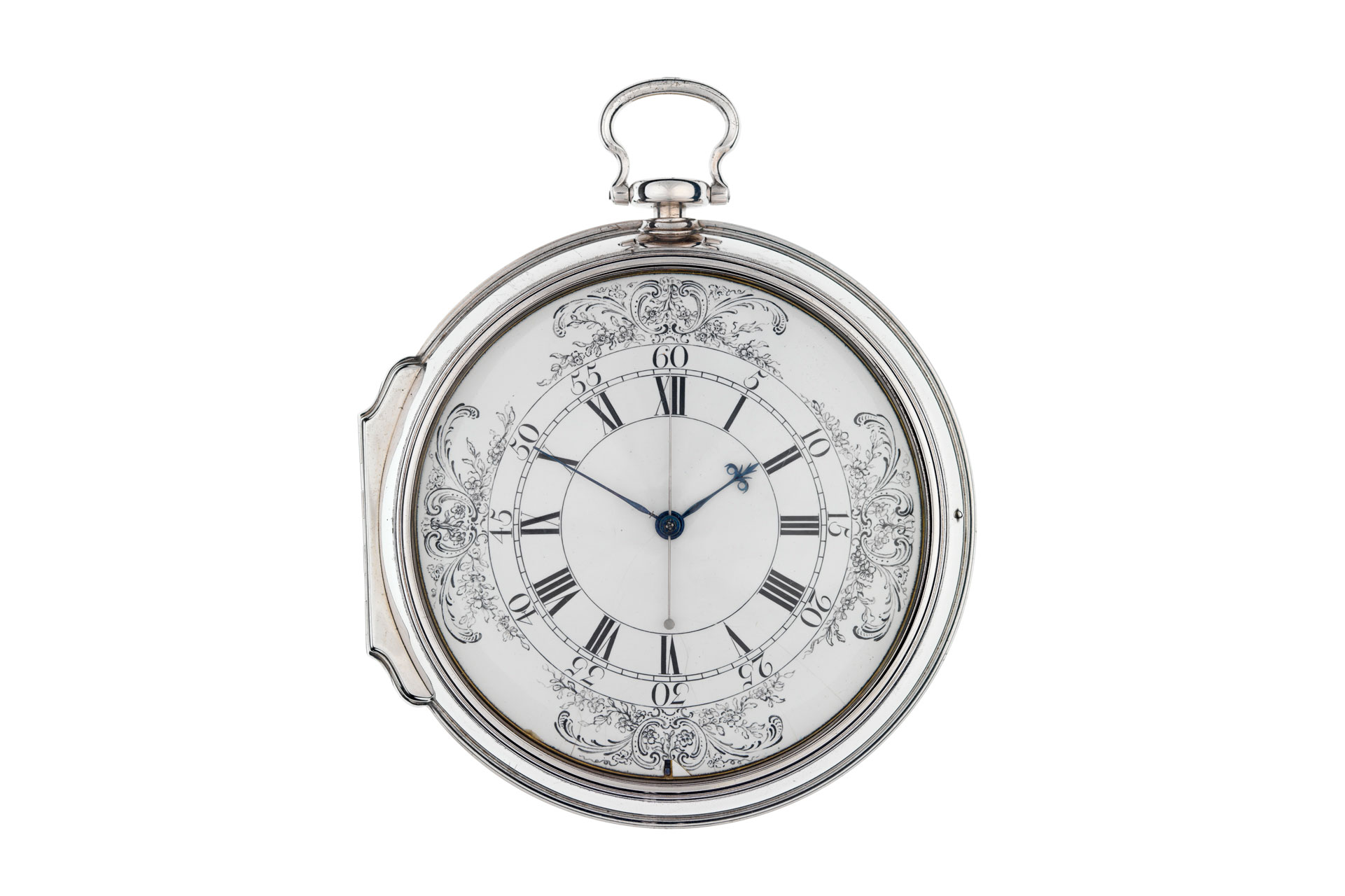
Most categories of watches are rather self-explanatory. A diver watch is built to go underwater, a moonphase displays the current phase of the moon, and a perpetual calendar is built to keep track of the date, well, perpetually. In fact the only one that isn’t readily apparent is one of the oldest of all- the chronometer. Going simply by the title, “chronometer”, from the Greek word for time combined with the -meter suffix, it seems a bit unnecessary. Surely all timepieces are time meters. That’s sort of the point, isn’t it? Especially in this day and age where everything from cell phones to microwave ovens are time meters, the concept of a chronometer as a special category can seem strange to the uninitiated. To simply write off the chronometer, however, is to dismiss one of the highest expressions of watchmaking, one that in the beginning went far beyond mere horology to a matter of national security.
The story behind the chronometer begins in the fall of 1707, during the War of Spanish Succession. In the wake of a failed siege on the French port of Toulon, Commander-In-Chief of the British Royal Navy Sir Cloudseley Shovell ordered his flagship, the 90-gun HMS Association, back to Portsmouth on the west coast of Britain. Shovell’s fleet, consisting of 21 British warships including 14 other massive ships of the line, passed through Gibraltar in late September as a massive storm descended on the area. Not only did this blow a large portion of the fleet off course, the poor weather throughout the trip made navigation by landmarks impossible. During this time in history, this was a major issue.
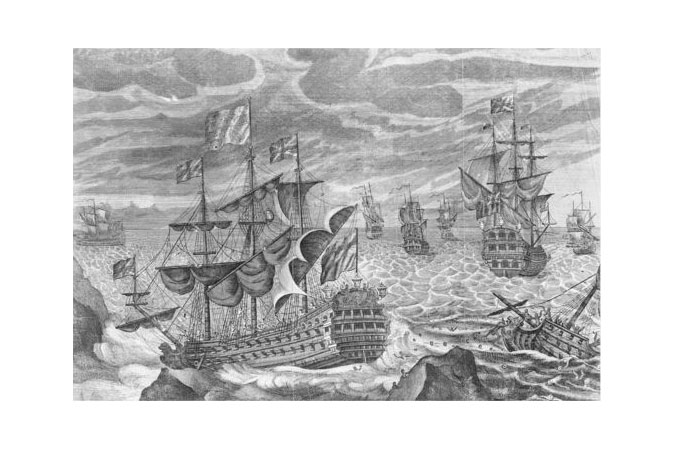
Advertisement
Latitude at sea could easily be calculated by the relative position of the sun and certain stars in the sky at certain times of day, but longitude was nearly impossible to tell with any degree of accuracy. The only system available was carefully timing a voyage while measuring speed and direction to chart a ship’s current position– a process known as dead reckoning. The fleet managed to regroup on the night of October 22, and according to the ship’s sailing master and charts was safely west of Ushant off the coast of Brittany. Tragically, the sailing master aboard the Association was unable to keep time for accurate dead reckoning, and the fleet had veered miles off course.
Late that night, a common sailor on the deck of the Association spotted rocks off the bow, but it was too late. HMS Association smashed into Outer Gilstone Rock in the Scilly Isles, off of Cornwall, going down with all 800 of her crewmen including Admiral Shovell. Three more ships quickly followed, the 70-gun HMS Eagle, the 50-gun HMS Romney, and the fireship HMS Firebrand. Only 13 sailors were pulled from the wreckage, while a total of 1,550 men sank to a watery grave in one of the worst maritime disasters in British history. The naval loss was so great it turned the tide of the war, forcing Britain to the defensive for months while the Royal Navy recouped its losses.
Parliament was horrified at the losses of the Scilly naval disaster, and in 1714 passed the Longitude Act, offering a prize of £20,000 (nearly $5 million today) to anyone who could devise an accurate system to determine longitude on a transatlantic voyage to within half a degree. For years, the best clockmakers in the British Empire tried and failed, and the prize remained unclaimed. Many of the age’s brightest said it couldn’t be done. Sir Isaac Newton himself proclaimed that no clock could possibly solve the longitude
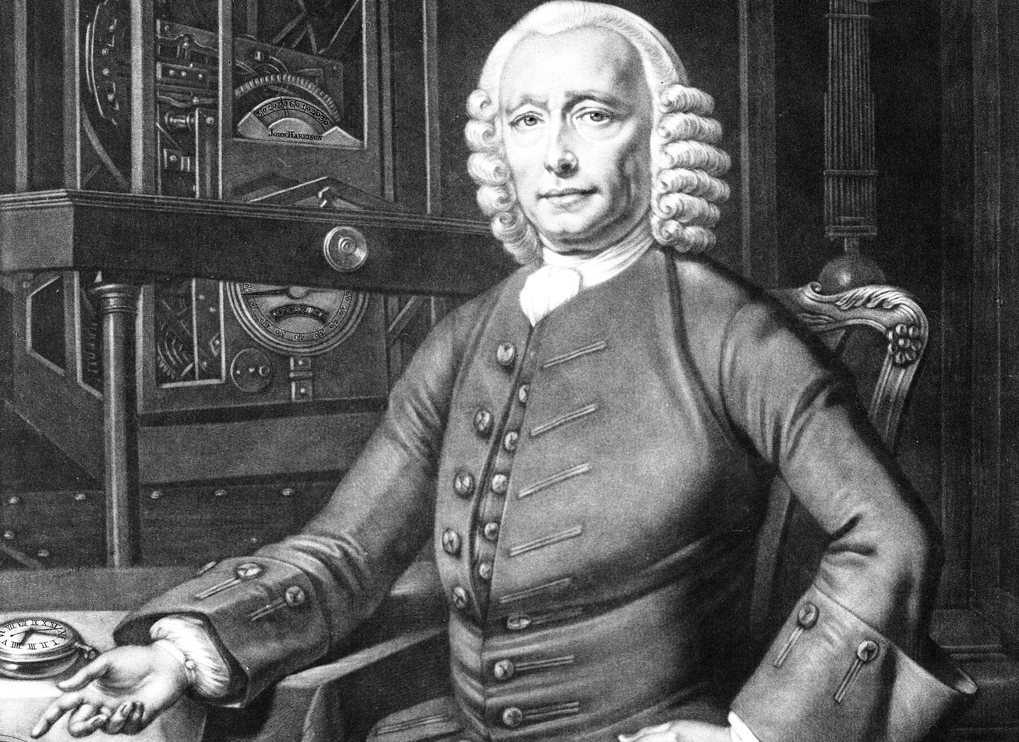
Enter John Harrison. In 1730, he was a self-taught clockmaker from Lincolnshire who had already made a name for himself by creating self-lubricating components for longcase clocks. Harrison had attracted quite a bit of attention in scientific circles, becoming fast friends with Astronomer Royal Edmond Halley (the man who calculated the orbit of Halley’s Comet). Halley campaigned for Harrison and his work relentlessly, introducing him to wealthy watch and instrument maker George Graham. Graham, impressed by Harrison’s initial Sea Clock design concepts, became a patron of his efforts and that year Harrison set about creating a design to take the Longitude Prize.
Harrison’s first attempt, the H1 Sea Clock, was an variation on his earlier pendulum clocks, modified to withstand the movement, salt air, and dramatic temperature changes of the open ocean. Featuring a pair of dumbbell balances to replace the original pendulum, along with wooden wheels, roller pinions and an unusual “grasshopper” escapement, the H1 took five years of assembly and on-land testing before Harrison was ready for a trial at sea. In late 1736, the Royal Board of Longitude approved Harrison’s design for sea testing, and sent Harrison and his clock to Lisbon, Portugal to rendezvous with HMS Orford for testing on the return trip to Britain. The experienced sailing master of the Orford, charting the voyage traditionally, miscalculated the ship’s point of landfall by 60 miles. Other crewmen, charting with the assistance of H1, accurately predicted Orford’s approach. Both the sailing master and the captain of the Orford were deeply impressed by Harrison’s clock, and recommended the design to the Board of Longitude. The board refused to grant Harrison the full £20,000 prize, as he did not fill the cross-Atlantic requirement, but issued him a £500 research grant to continue his work.
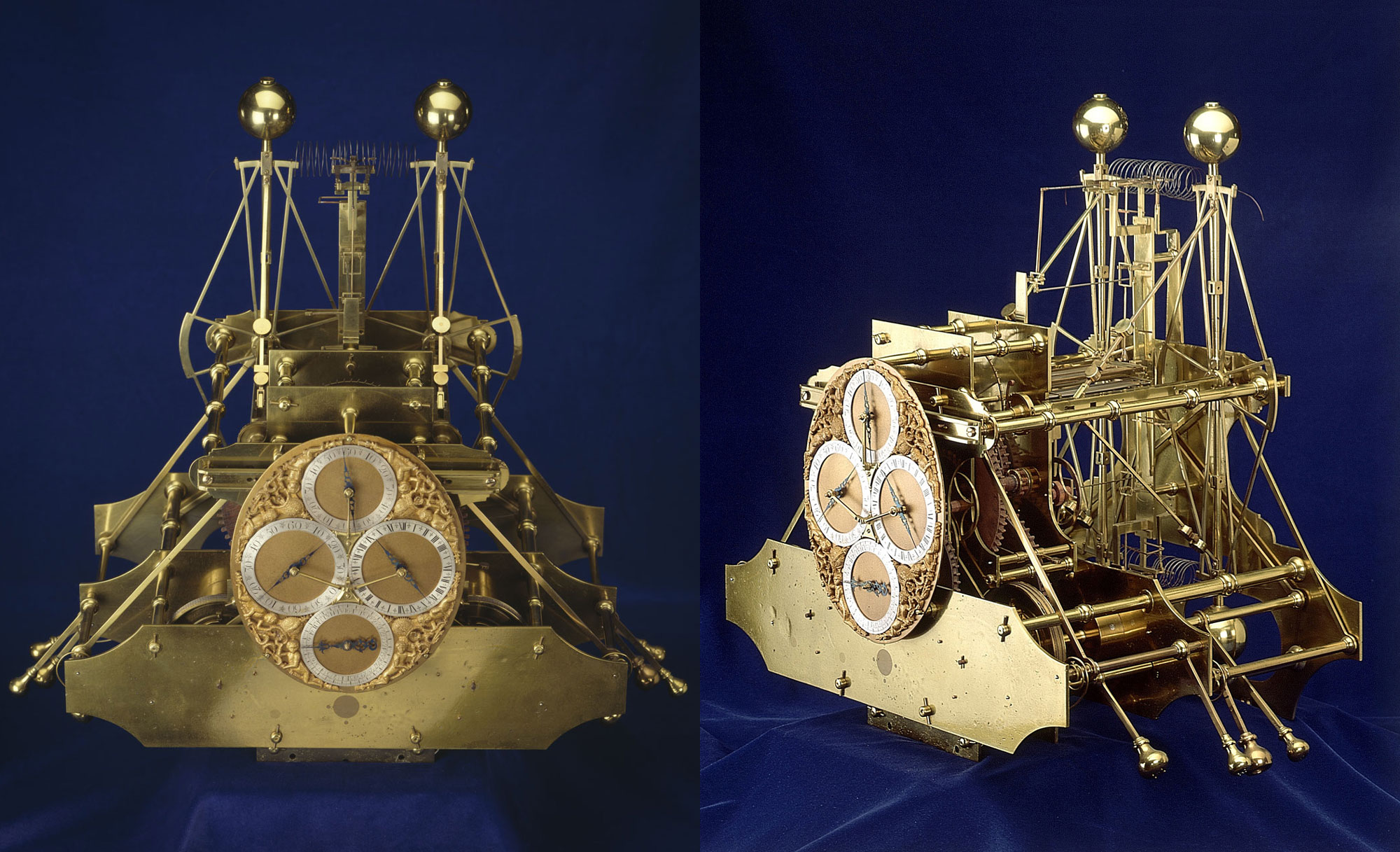
Advertisement
Enter John Harrison. In 1730, he was a self-taught clockmaker from Lincolnshire who had already made a name for himself by creating self-lubricating components for longcase clocks. Harrison had attracted quite a bit of attention in scientific circles, becoming fast friends with Astronomer Royal Edmond Halley (the man who calculated the orbit of Halley’s Comet). Halley campaigned for Harrison and his work relentlessly, introducing him to wealthy watch and instrument maker George Graham. Graham, impressed by Harrison’s initial Sea Clock design concepts, became a patron of his efforts and that year Harrison set about creating a design to take the Longitude Prize.
Harrison’s first attempt, the H1 Sea Clock, was an variation on his earlier pendulum clocks, modified to withstand the movement, salt air, and dramatic temperature changes of the open ocean. Featuring a pair of dumbbell balances to replace the original pendulum, along with wooden wheels, roller pinions and an unusual “grasshopper” escapement, the H1 took five years of assembly and on-land testing before Harrison was ready for a trial at sea. In late 1736, the Royal Board of Longitude approved Harrison’s design for sea testing, and sent Harrison and his clock to Lisbon, Portugal to rendezvous with HMS Orford for testing on the return trip to Britain. The experienced sailing master of the Orford, charting the voyage traditionally, miscalculated the ship’s point of landfall by 60 miles. Other crewmen, charting with the assistance of H1, accurately predicted Orford’s approach. Both the sailing master and the captain of the Orford were deeply impressed by Harrison’s clock, and recommended the design to the Board of Longitude. The board refused to grant Harrison the full £20,000 prize, as he did not fill the cross-Atlantic requirement, but issued him a £500 research grant to continue his work.

Harrison would spend the next 22 years gradually refining the sea clock. Two further iterations, H2 and H3, added ruggedness and more portability to the design, but the more Harrison refined it the more he realized the concept was fundamentally flawed. Although Harrison had fitted the H1 through H3 with massive balances to counteract the roll and yaw of the ocean, the balance of a clock vibrated too slowly to adequately stabilize timekeeping. He then turned his attention to miniaturizing the movement to speed up the vibration, moving from clocks to watches.
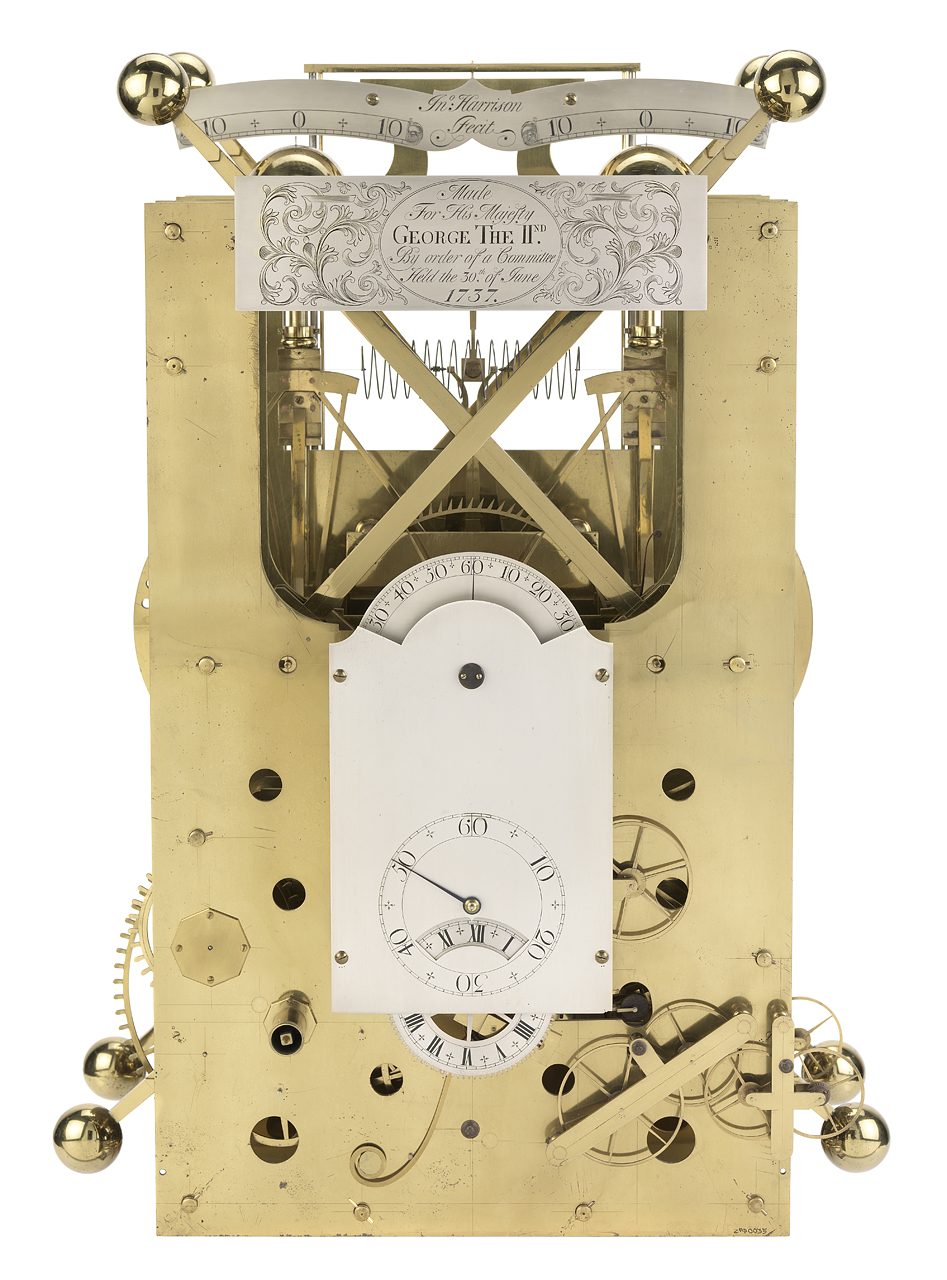
In 1755, he moved to London and began work on the H4, the first “sea watch”. The design featured a host of cutting-edge technologies, including an unusual vertical escapement with pallets made of diamond, an oversized balance with a flat spiral steel spring, advanced temperature compensation features, and a remontoire for additional accuracy. A remontoire, rarely seen in modern horology, was vital in those times for maximal precision. Essentially a smaller secondary mainspring near the escapement, the remontoire helped to equalize the drive force across the gear train, smoothing out power delivery.
All these advanced components took six years to construct, but by November 6, 1761 the H4 was finally ready for its transatlantic voyage. Harrison left the watch in the charge of his son William, who departed Portsmouth aboard the HMS Deptford bound for Jamaica. William’s charting, aided by the H4, correctly predicted landfall at Kingston within a margin of a single nautical mile- a stunning success.
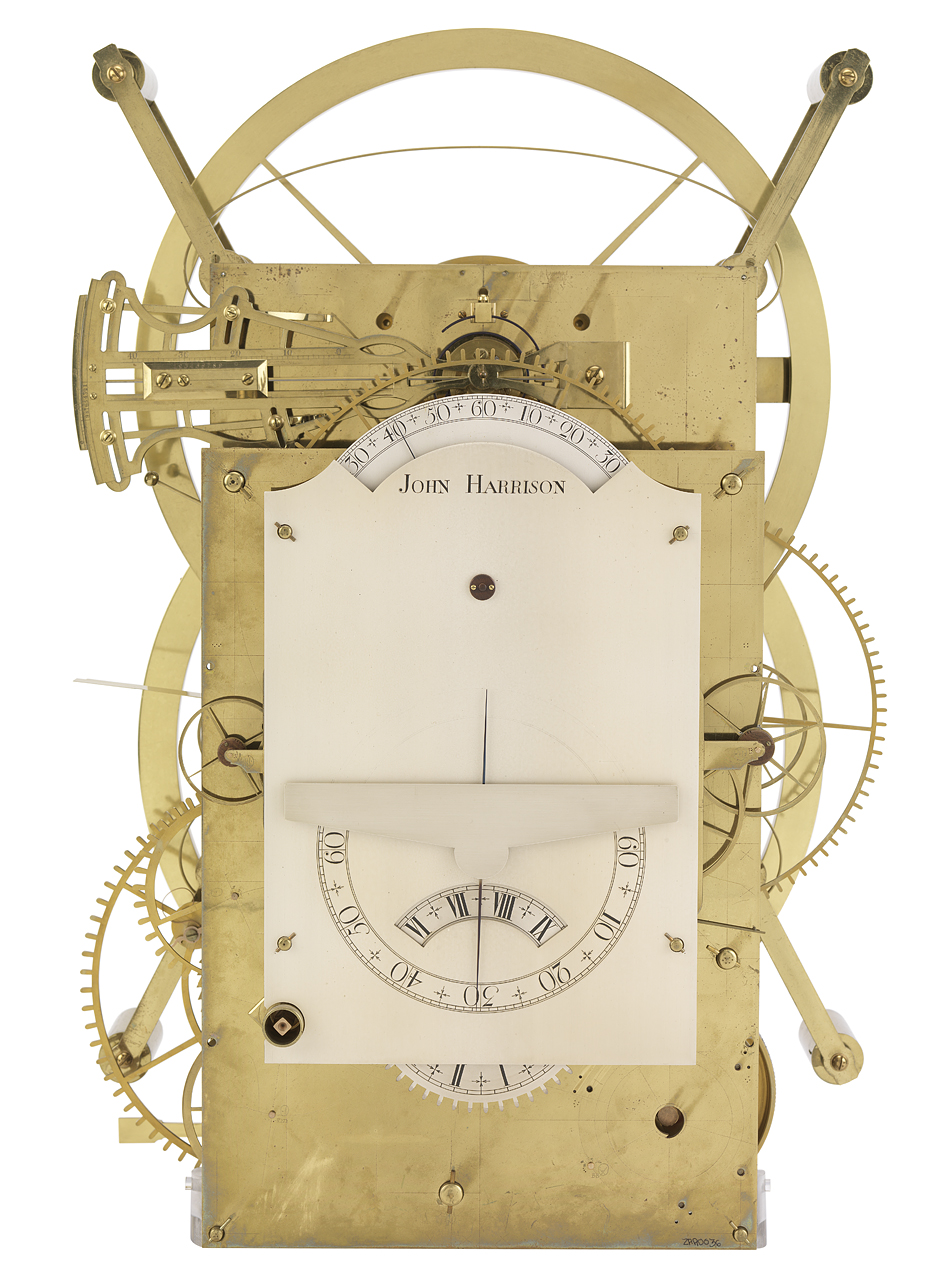
Harrison was overjoyed, and immediately upon its return brought the H4 to the Board of Longitude to collect the £20,000 reward. The Board, however, refused to pay. According to the board members, the test aboard the Deptford may well have been a fluke, to say nothing of the fact that a watch taking six years to construct was hardly a practical solution for all ships in the British fleet. The Board offered Harrison £5,000 for his work, which he flatly denied. The refusal of the Board had been an outrage, and the 68-year-old Harrison boarded a ship to Barbados to contest the issue further. Upon his arrival, he met with Astronomer Royal Nevil Maskelyne, head of the Board of Longitude, to plead his case. Maskelyne offered a challenge. The Method of Lunar Distances, a system of determining longitude first conceptualized by Sir Isaac Newton and further developed by Maskelyne, was also ready for testing, and the Astronomer Royal offered to pit the two against each other aboard the HMS Tartar on its return voyage to Britain.
If Harrison’s “sea watch” proved competitive, he would review the issue. Across the Atlantic, both Harrison’s watch and Maskelyne’s Method of Lunar Distances proved to be extremely accurate, with only 9 seconds separating the two upon the ship’s arrival in Portsmouth. Maskelyne’s system, however, required a constant stream of complex mathematics to remain accurate. As such, Harrison felt the issue was clearly resolved, as surely such calculating would prove impractical for the average naval crew. When Maskelyne returned to his seat on the Board of Longitude in London, however, he gave a scathing report of H4. Harrison’s performance, Maskelyne argued, was yet another fluke, the result of inaccuracies canceling each other out over the course of the voyage. The H4, according to Maskelyne, could not receive the prize, but his own method had remained accurate. The board, then, should reward the £20,000 to its own chairman. Furthermore, the H4 watch was to be confiscated from Harrison for “further testing”.
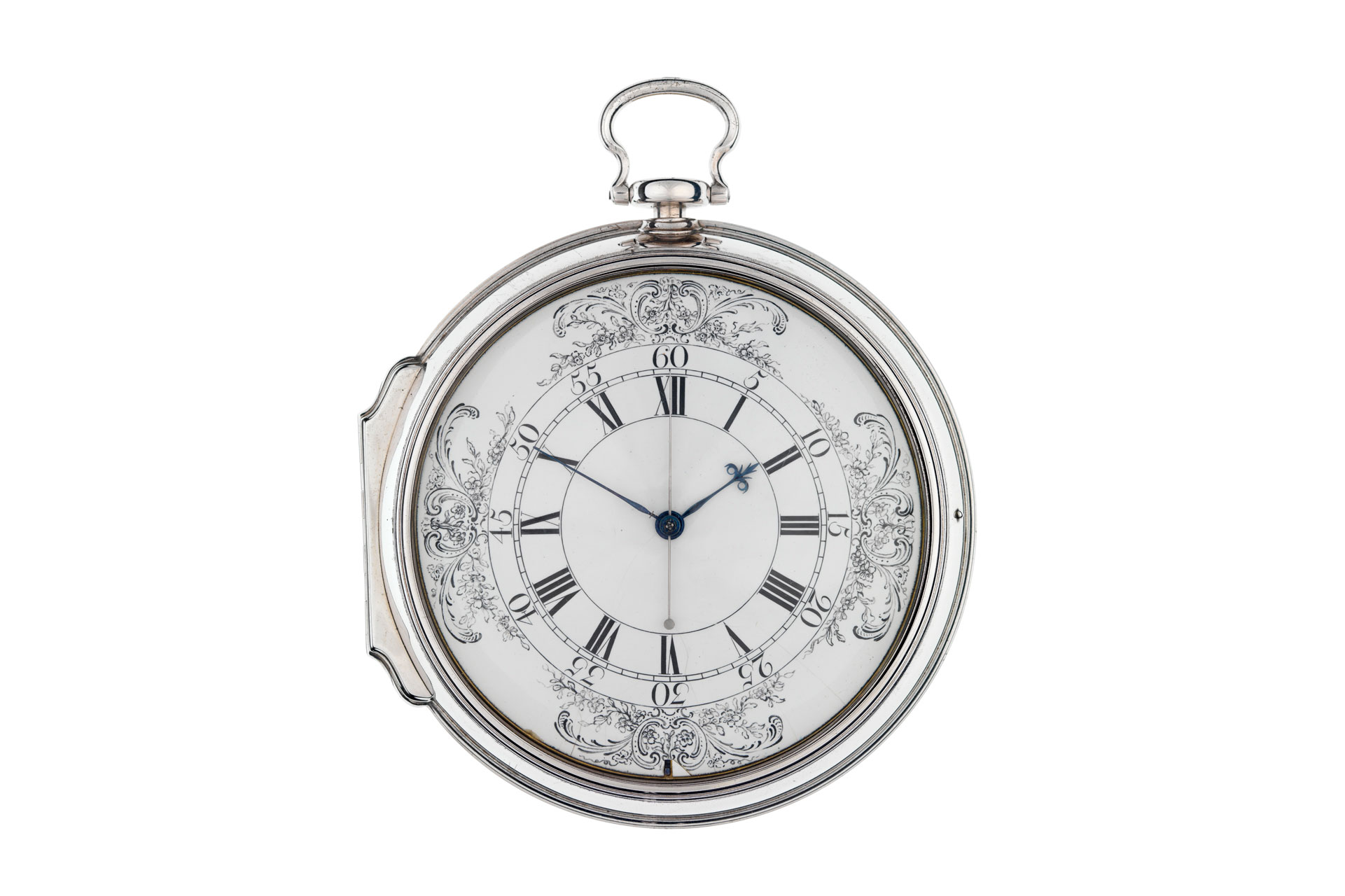
Advertisement
Naturally, Harrison was furious. Having been thoroughly cheated out of the prize after passing the trial twice, Harrison went to work building an improved version of the H4, the H5, and took his case directly to King George III. The king was stunned by the corruption of the board, and demanded to test the accuracy of the H5 first-hand. From May to July of 1772, the watch went under daily testing and observation at the royal palace, and was found to be accurate to within a third of a second per day. King George, more than satisfied with his findings, demanded the Board of Longitude pay Harrison his prize upon threat of appearing to discuss the matter with Maskelyne in person. The Board grudgingly awarded Harrison a prize totaling £8,750 for his achievements in solving the longitude problem in 1773, and bestowed on his watch the title of “marine chronometer”. After working for over 40 years, the then 80-year-old Harrison accepted the reduced amount and went on to peaceful retirement before his death of old age in 1776. The £20,000 prize was never awarded and the Board of Longitude eventually disbanded in 1828.
Although Harrison never won the full prize, his Marine Chronometer quickly left its mark on the world. Captain James Cook used a copy of H4 to discover Australia, New Zealand, Antarctica, and another Harrison watch was with him on his fated voyage to Hawaii where he was celebrated as a god and then ritually killed by the islanders upon his return. Another copy of H4 was used aboard HMS Bounty during the infamous mutiny. Marine Chronometers quickly became standard equipment across the world, completely dominating maritime navigation by he early 19th century and saving countless lives from marine disasters. It’s easy to see, then, the importance of chronometers in the watch world, but even this is only the beginning of the story. Still to come are the Observatory Trials, Observatory Chronometers, and the founding of the COSC.
